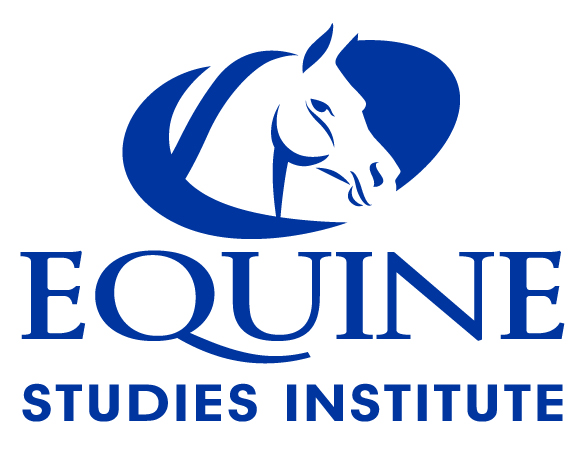You can prevent injuries and accidents, safeguarding both horses and riders, by assessing your facilities, your horses and yourself. (Liability insurance is required, so avoid extreme costs.)
You will enhance your good name by having safe practices. Riders will feel comfortable and parents will be happy to leave their children and horses in your care. Horses must remain injury free so they can work and assure your income and keep veterinary costs at a minimum. This course provides a checklist to determine the safety of your facility.
In Riding Instructor Role and Responsibilities you will learn the different styles of instruction, communication and different ways to effectively get your message across. You will learn about body language and how to give positive feedback.
This is your introductory course.
1. Risk Management
A. Creating a safe environment for horses
B. Safety for riders and instructors.
C. Choosing the right horse for the job.
2. The Role of the Riding Instructor.
A. Becoming the best instructor you can be.
B. Communications skills
Riding Instructor Role and Responsibilities is a prerequisite to the Teaching Techniques course.
Click Here To Enroll In Course
- Start course at anytime – no waiting for a semester to begin
- Completion deadline of one year from enrollment date. Extensions available.
- Work one-on-one with your instructor
- You can take just the one course
